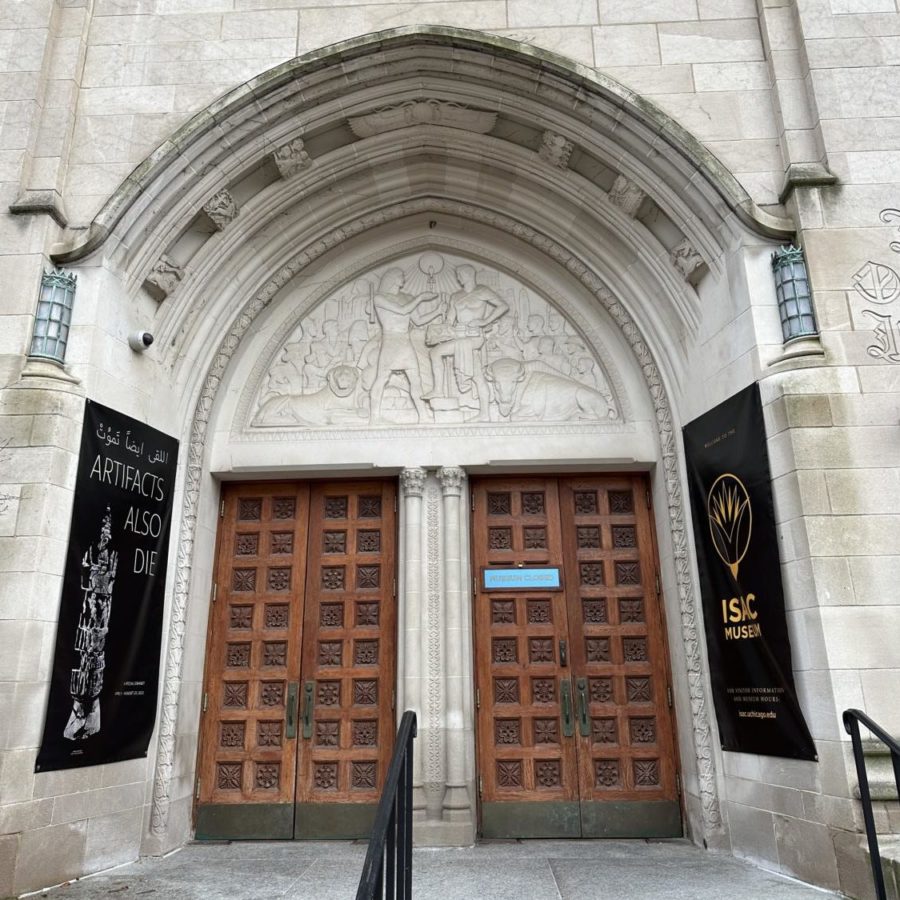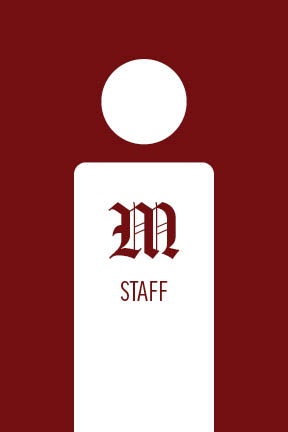As the Maroon reported this Tuesday (“Signers of Faculty Petition Raise Concerns on Confucius Institute, Faculty Freedoms,” [5/13/14]), a group of 108 faculty members signed a petition urging the Committee of the Council of the Faculty Senate to bring the continued existence of the Confucius Institute (CI) at the University of Chicago before the Council for a vote. The signers of the petition further urged the termination of the University’s contract with the CI. Many of the leaders in creating and publicizing this petition believe that its very existence is indicative of a chronic lack of communication with faculty in University decision-making processes, of which the CI is only the most recent example. In 2009, the University signed an agreement for the establishment of the CI without involvement of the Council. Ideally, there should have been communication between administration and faculty over the CI then. But at this point the only way for the administration to begin to address its larger problematic communication is to fully engage faculty members in the University’s decision surrounding its contract with the CI now.
The University’s own words and stated goals have placed faculty at the forefront of decisions concerning centers for learning. In explaining the process for establishing UChicago’s foreign centers, President Robert Zimmer told Grey City (“How Things Work: UChicago’s Global Centers,” [5/13/14]), “after faculty kind of lay out the overall scope of the plans, there’s a lot of administrative work to be done.” He further emphasized that the establishment of these centers was mainly motivated by faculty desires to have physical locations in these areas. Even after these centers are established, administration is fairly hands-off. As Vice President for Global Engagement Ian Solomon said, “I don’t oversee very much at this University. Faculty run things here.” With regard to these global centers, the University has acknowledged the central role of faculty not only in the decisions leading up to their establishment, but in the centers’ operations thereafter.
If the University has seemingly no trouble communicating with faculty in establishing UChicago centers abroad, why are there so many manifestations of faculty unrest with the establishment of centers on our own campus? The CI petition is not the first time faculty has expressed dissatisfaction with University decision making. In 2008, over 170 faculty members petitioned against the naming of what was then the Milton Friedman Institute, arguing that Friedman’s name alone was too politically charged. The University responded by convening the faculty senate to discuss the issue, leading to the eventual name change to the Becker Friedman Institute. In 2010, another petition was signed by over 170 faculty members objecting to the growing “corporatization” of the University and protesting lack of communication over the establishment of the CI. In February of this year, a faculty committee was convened to review the potential impact of the CI and address concerns over it. In both of these instances, communication with faculty over important University decisions has been subpar and, just as worryingly, retroactive.
In regards to the CI, the best that can be done in this situation is to continue the conversation that President Zimmer started on Tuesday with the Council. This is not a change from the past pattern of communication between University administration and faculty, but at this point it is the best option. Late communication is better than none at all. But looking beyond this conversation to the next, communication needs to be initiated before important decisions are made, not after.
The Editorial Board consists of the Viewpoints Editors and the Editorial Staff.









